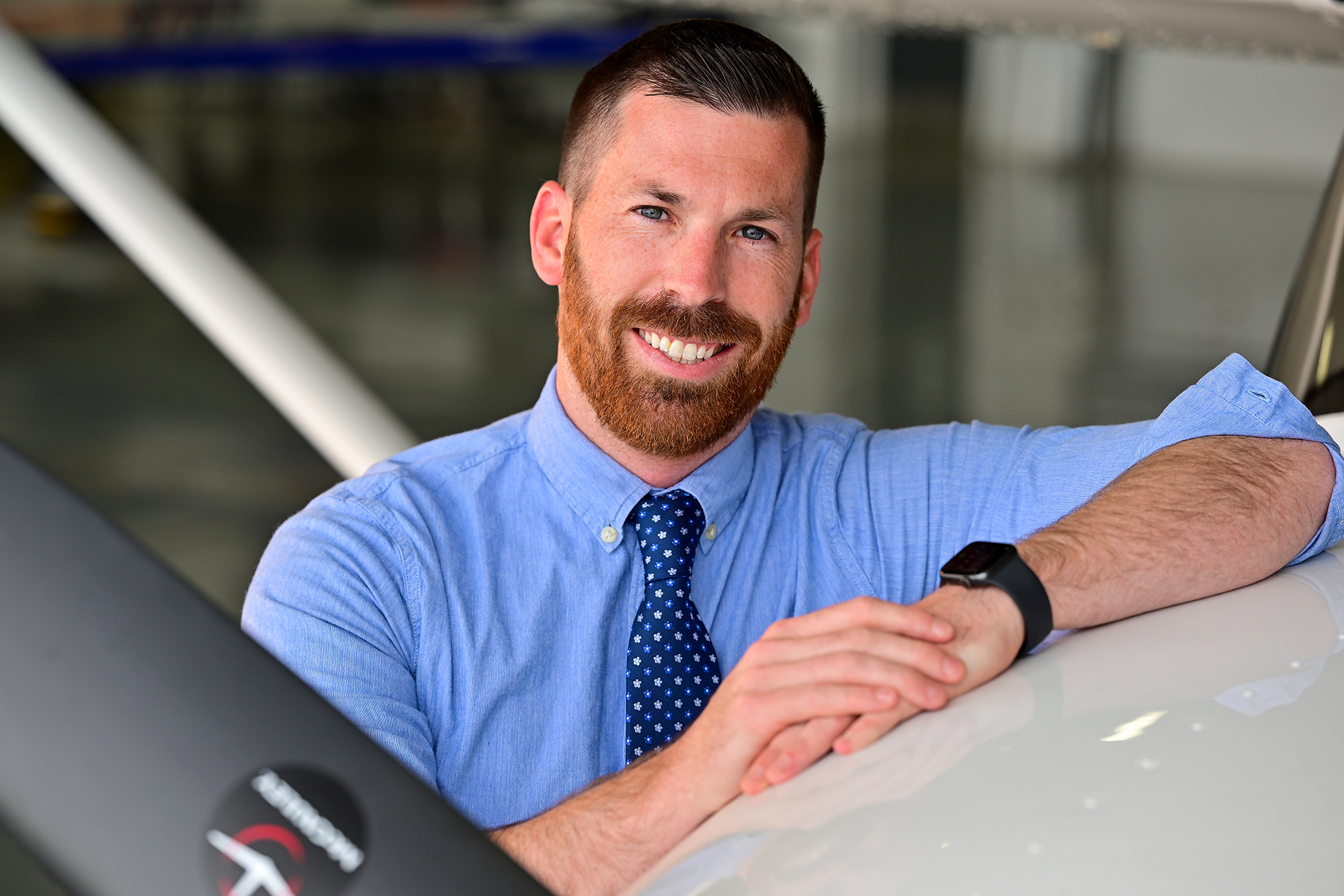For many pilots, the dream of aircraft ownership comes with a dose of reality: the rising costs of fuel, insurance, and maintenance are making it harder to shoulder that burden alone. Fixed expenses don’t change whether you fly ten hours a year or a hundred, and in today’s economy, those costs have only been climbing. But while some aviators worry about being grounded, others have found the answer: flying clubs.
Flying clubs spread expenses across a group of members, dramatically lowering the individual cost of access to an aircraft. Instead of one person paying for hangar fees, annual inspections, and insurance, those costs are divided, making ownership sustainable even in turbulent times. Clubs also make flying more frequent; airplanes that are flown more regularly tend to be better maintained, and shared scheduling means members get more chances to stay proficient.
But beyond the economics, flying clubs build community. They create spaces where pilots can share experiences, mentor newer aviators, and simply enjoy the camaraderie that comes with being part of a group of people who share the same passion for flight.
Across the country, clubs are thriving in ways that prove the model works. The Tidewater Flying Club in Virginia operates multiple aircraft, including a Cessna 172, 182, and a Diamond DA-40, with monthly dues that keep fixed costs predictable and hourly rates that beat the expense of rentals or sole ownership. Members there often remark that the best part of their club isn’t just the savings—it’s the friendships and opportunities that come with being part of something bigger than themselves.
In Oregon, the Klamath Basin Flyers started as a handful of pilots pooling resources for one airplane. With guidance from AOPA, they built a set of bylaws, structured their finances, and grew into a robust, sustainable club. Their success has attracted new members at their home airport, keeping flying affordable and accessible for a wider range of pilots.
These examples are just a snapshot. From small-town airfields to busy GA airports, clubs are proving that in tough economic times, pooling resources isn’t just smart, it’s essential.
Every new flying club does more than just keep costs down for its members. Clubs help keep general aviation strong by ensuring that aircraft stay flying, airports stay active, and pilots stay engaged. They introduce new aviators to the joy of flight in an environment that’s supportive, social, and sustainable.
How You Can Get Involved
If you’ve been considering how to keep flying affordably, there’s never been a better time to join, or start a flying club. AOPA offers tools and resources to make it simple:
So don’t wait. Explore, join, or start a club today and discover for yourself why flying clubs are more popular than ever. Want to learn more? Join us for a live webinar on October 8th by clicking here.
